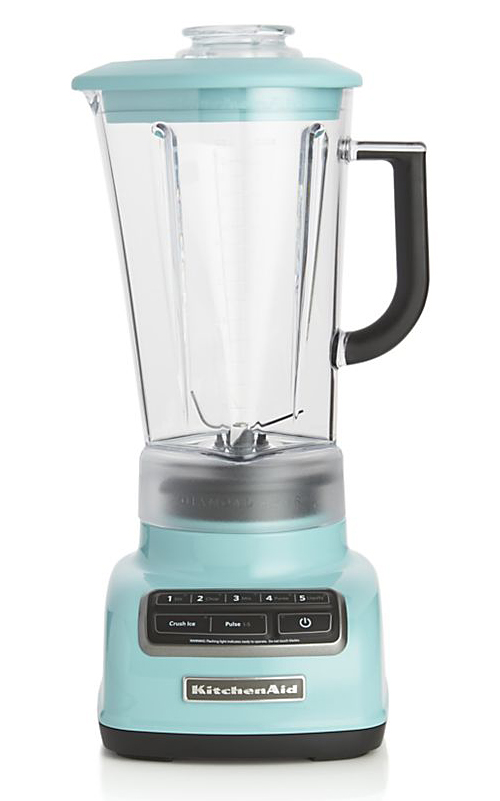Vortex Research Ways to Improve Ribbon Blender Efficiency
Great tool for the hobby figure painter or model builder. A properly mixed paint always gives a better result. Tested here with most of the standard paint b. This compact nesting hand crank blender goes anywhere Powerful, two speed gear system crushes ice or works as a food processor Durable 1.5 L pitcher and shot cap are made of tough BPA Free resin Exclusive pour-through locking lid design prevents spillage.
Vortex Blender Tutorial
VORTEX products contain ribbon blender, plough shear mixer, paddle mixer, double cone blender, conical screw mixer, and other auxiliary equipment. Hi im new at blender and right now im following the donut tutorial by blender guru right now im at lvl 1. Vortex Mixers Fisherbrand™ Analog Vortex Mixer Variable speed, analog control that allows low rpm start-up for gentle shaking or high-speed mixing for vigorous vortexing of samples.

Across the process industries, a wide range of powder blends are produced in a ubiquitous workhorse that is the ribbon blender. From seasonings and beverage mixes to pharmaceutical, chemical, plastic, and agricultural powders, a reliable method for solid-solid blending is at the core of production and the ribbon blender is a popular choice due to its efficiency and economy.

A ribbon blender consists of a U-shaped horizontal trough and an agitator made up of inner and outer helical ribbons that are pitched to move material axially, in opposing directions, and also radially . Agitator tip speeds in the range of 300 feet/min are typical.
Vortex Blender Review
Selecting a suitable ribbon blender for a particular application starts with bulk density. Bulk density determines if a standard or heavy-duty blender is required and, given a target batch size (weight), the bulk density defines the ideal blender model (capacities are normally listed in volume). Ribbon blenders are offered with optional features like heating/cooling jacket, vacuum capability, interchangeable paddle agitator, lumpbreakers, sanitary finish, and even wetted parts constructed from special alloys. More recently, new features have become available that are designed to maximize efficiency, blend consistency, and productivity. Ask your blender manufacturer about the following options:
- Shaft Seal
- Main Shaft
- Discharge Valve
- Drive Unit
• Scrapers welded to the spokes and ribbons. Scrapers having a close tolerance (around 1/8 in.) to the end walls significantly reduce the amount of materials that might tend to pack in the blender’s outermost areas. ‘Radiused’ trough corners further eliminate any dead spaces in the product zone.
• Clear view cover and shaft guards. The pictured ribbon blender features FDA-approved polycarbonate shaft guards and sections of the cover. The multi-piece cover is equipped with multiple ports for ingredient additions, lights, spray system, venting, and vacuum, which significantly increases ease of use and worker safety. Operators can safely monitor the contents of the blender and charge raw materials while the agitators are running. Without the need to stop agitation and open the covers at multiple intervals, cycle time is therefore optimized and unnecessary dusting issues are prevented.


• Air-purged mechanical shaft seals. Special seal arrangements such as air-purged mechanical shaft seals eliminates the risk of product leakage, preventing premature bearing or drive failure and shaft wear. Air purging creates a higher pressure inside the seal cavity, creating an air barrier that helps keeps material inside the trough and adds to the life of the wearable parts of the seal.
Vortex Cups
• Pneumatically-operated spherical disc valve. This style valve provides a large opening and minimizes dead space. Discharge connections can be customized to perfectly mate with your downstream material handling system.
• Custom PLC recipe controls. There are multiple benefits to applying PLC recipe controls to a blending process: batch-to-batch consistency, automated data logging, reduced operator error, faster changeovers, and longer service life, just to name a few. Recipes can be written and stored into memory, so that switching the batch protocol from one formulation to another takes only seconds, maximizing production time. Pre-programmed maintenance screens can help save equipment from downtime due to preventable maintenance issues, reminding technicians to check greases, seals, bearings, and other components after a certain number of run hours. In a customized control scheme, hardware can also be networked to existing systems that may require a degree of handshaking with other equipment in the overall process.Software programs, special protocols, and network concerns should all be addressed early into a project to ensure complete compatibility.
Notice: JavaScript is required for this content.